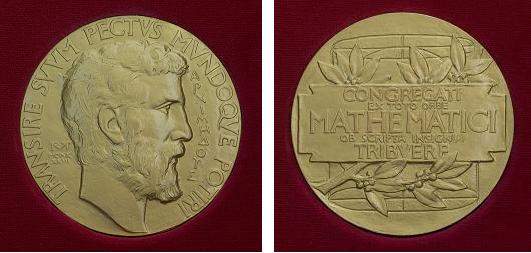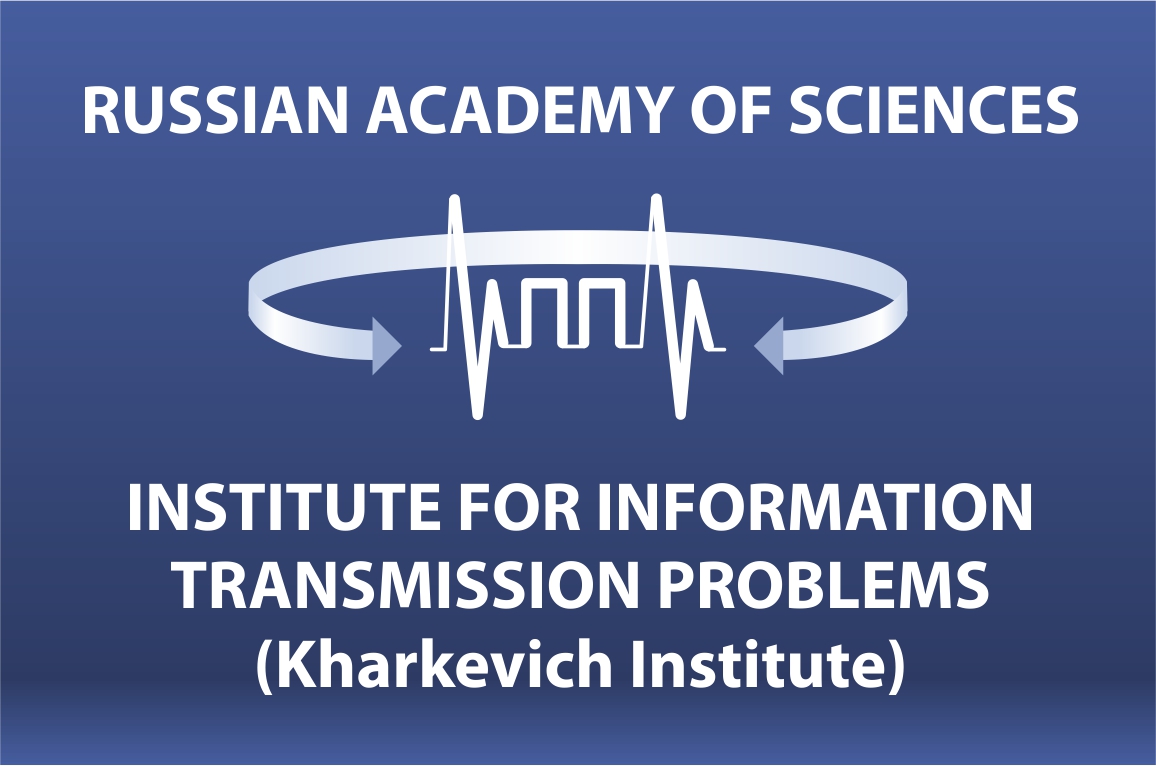About the IITP RAS >> Awards and Prizes >> Fields Medal
The Fields Medal
The employees of the Institute who were awarded the Fields medal:
- 1978 – Grigory Alexandrovich MARGULIS
- 1998 - Maxim L’vovich KONTSEVICH
- 2006 - Andrei Yur’evich OKUN’KOV

The Fields Medal, officially known as International Medal for Outstanding Discoveries in Mathematics, is a prize awarded to two, three, or four mathematicians not over 40 years of age at each Internationsl Congress of the International Mathematical Union (IMU), a meeting that takes place every four years.
It is named after Canadian mathematician, John Charles Fields (born on May 14th 1863 in the Canadian city Hamilton). After graduating from the University of Toronto and the defense of his thesis he worked for many years as a mathematics professor at various universities of the New World. In 1923-1932 Fields chaired the organizing committee of International Congress of Mathematicians. At this time Fields came up with the idea to fill the gap created by Nobel and establish an international award for the most outstanding performance in mathematics.
In 1924 John Fields as the president of International Mathematical Congress (Toronto) proposed the idea to award two mathematicians a gold medal to acknowledge their outstanding achievements by world mathematical community at every meeting of the Congress (which is held every four years). The organizing committee of the next international congress of mathematicians unanimously supported the proposal.
Fields’ proposal was finally approved at the international congress of mathematicians in Zurich in September 1932. He did not live till this momentous event just a month. The major share of his fortune was bequeathed to the International Mathematical Union in order to create a bonus fund.
Taking into account Fields’ achievements in the establishment of the award, it was decided to name the highest mathematical prize in his honour.
The Fields Medal is often described as the "Nobel Prize of Mathematics" for the prestige it carries. However in contrast with the Nobel Prize, the Fields Medal is awarded only every four years. The Medal also has an age limit: a recipient"s 40th birthday must not occur before 1 January of the year in which the Fields Medal is awarded.
The first two medals were awarded to Finnish mathematician Lars Ahlfors and American mathematician Jesse Douglas in Oslo in 1936. In addition to the medal the winner received a prize of 15000 Canadian dollars. Nowadays the prize amounts to 15 thousand Canadian dollars.
The Fields Medal is made of gold and shows the head of Archimedes (287-212 BC) together with a quotation attributed to him: "Transire suum pectus mundoque potiri" ("Rise above oneself and grasp the world"). The reverse side bears the inscription: "Congregati ex toto orbe mathematici ob scripta insignia tribuere" ("The mathematicians assembled here from all over the world pay tribute for outstanding work").
| 
